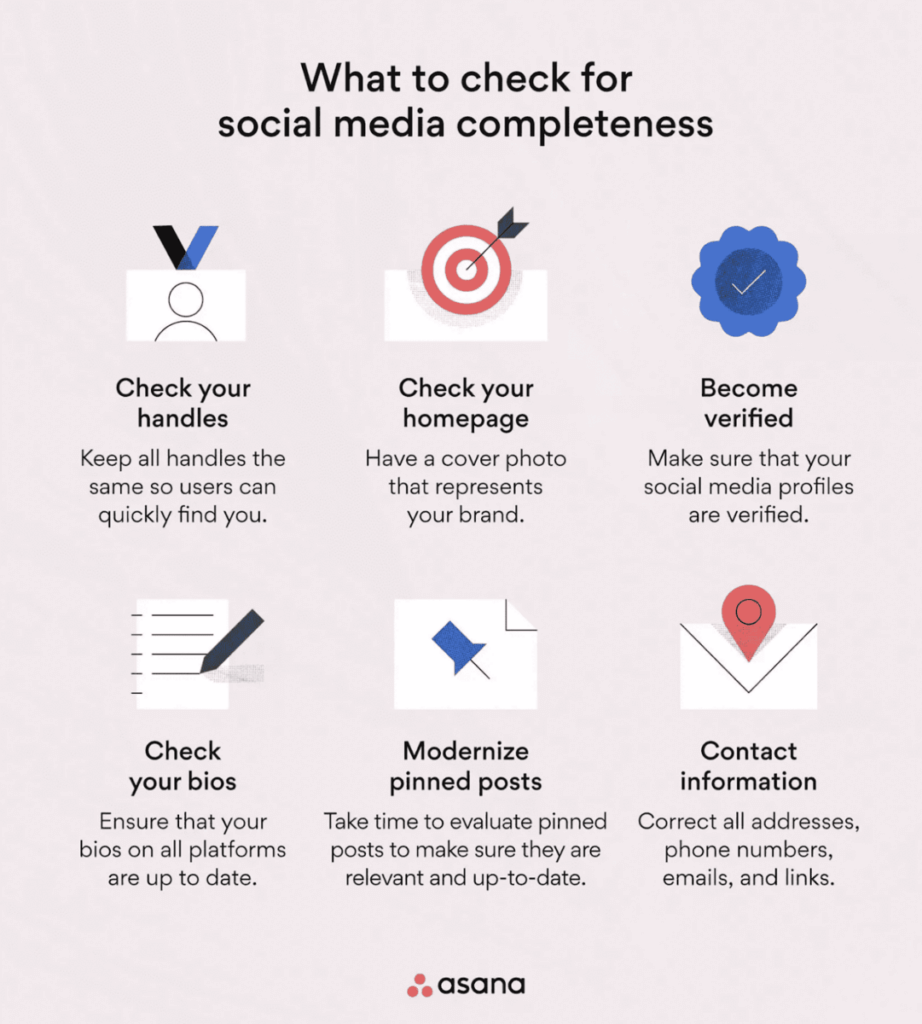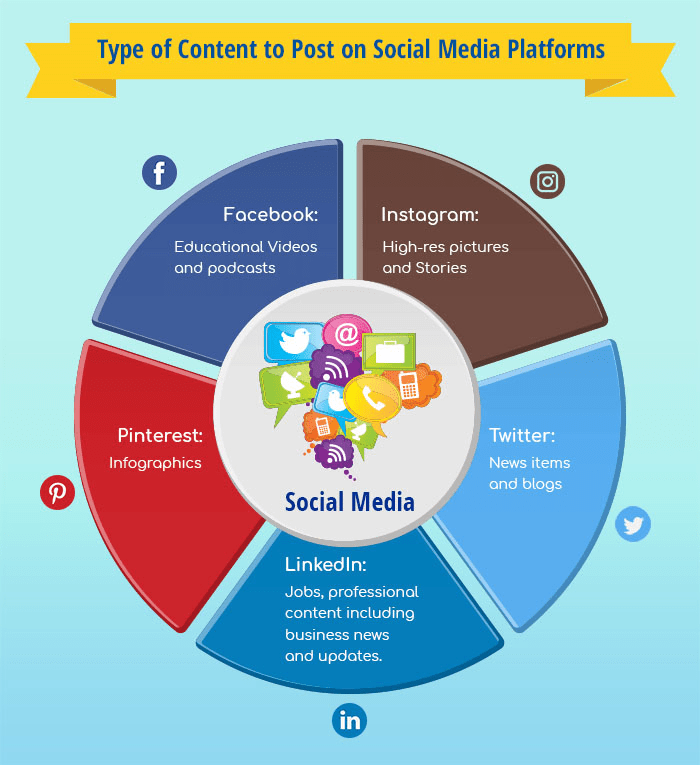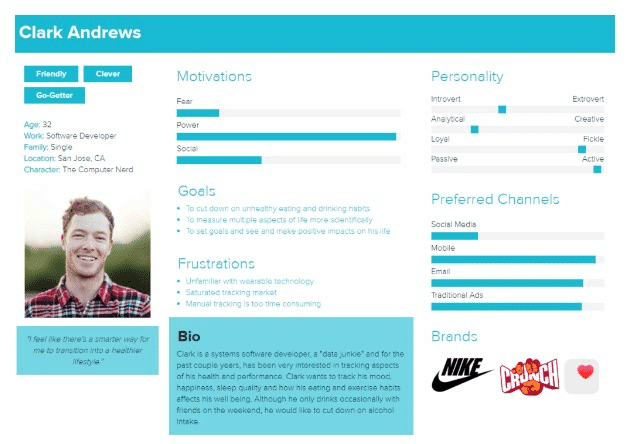
Editorial calendars are the backbone of your social media activity. Simply put, an editorial calendar helps you plan and organize your content and stay on top of deadlines, an inescapable pressure of social media. But more crucially, social media content calendars ensure that all team members are aligned and coordinated.
Additionally, a well-crafted editorial calendar can make the difference between having a mediocre social media presence and establishing yourself as an industry leader. This article will discuss six steps to set up the best editorial calendar for your social media accounts.
Effortlessly export your Google Docs to WordPress with just 1-click.
Get Started Today
Stripped to its core, a social media editorial calendar is a plan used to, well, plan and organize the content you’ll be posting on your social media accounts. It covers topics, hashtags, visuals, and other vital content-related information. Ultimately, it should offer a clear overview of what needs to happen when creating, publishing, and promoting content.

A social media editorial calendar is valuable as it helps you map out your content strategy. Having one allows you to plan and save time. It also allows you to set short-term goals to help you reach your long-term objectives.
Moreover, editorial calendars are incredibly helpful for monitoring and measuring results. You can better evaluate what works and what doesn’t by tracking each post’s performance metrics, such as impressions, followers gained or lost, clicks, etc. Then, you can use this data to inform future content decisions regarding your social media campaign.
Other important reasons to use a social media calendar are as follows:
Now, let’s dive into the steps required to create a foolproof social media editorial calendar.

“Audit” is a word that projects images of tweed-jacket-wearing people poring over documents and receipts with stern expressions. Fortunately, that’s not what this is about.
A social media audit is an investigative process that thoroughly explains how social media performs for a given business.
Simply put, it’s about reviewing metrics and what they’re (not) doing for your business and how (if) they fit into your current social media strategy. A social media audit looks at engagement, performance, and demographics metrics. Think of it in terms of impressions, likes, shares, comments, and which social media posts perform within your desired metrics.
Now, for the steps of your typical social media audit:
Notice how these steps boil down to “what content has performed the best and why.” That’s what a social media audit is all about, and it’s a crucial part of setting up a social media editorial calendar.
Do you have enough people to manage the workload? Do they have access to all the necessary tools to help them create content and post it on social media? Answers to these questions will inform how much content you can realistically publish and which social media channels are best for your business.
An AI tool for social media can also assist in streamlining the audit process by analyzing engagement patterns, suggesting content strategies, and identifying areas for improvement, ensuring that your audit is both efficient and insightful.
With social media accounts all audited, it’s time to start planning. Research content ideas; find relevant topics for your audience; find visuals to pair with each post. Doing these things in the content planning stages will work wonders for your editorial calendar.
As visual consistency plays a crucial role in reinforcing brand identity across social media, having a recognizable look will help build trust and engagement. Creating a distinctive logo is an essential part of this process, and a logo maker can assist in designing one that aligns seamlessly with your brand’s style. This will ensure uniformity across all scheduled content.
Two more things to consider when planning:
Success is subjective. However, there shouldn’t be room for subjectivity when planning for metrics.
So, it’s best to determine which metrics are most important to measure performance – such as engagement rate or conversion rate – and only then set goals for each metric and track them over time.
Following this formula will help you better understand the impact of your editorial calendar on your social media performance.
But how does one set realistic goals? Here are a few examples to get you started:
SMART goals are highly beneficial for this step, especially when used in conjunction with content planning tools that track goal progress. They help keep your editorial calendar organized and on track and give you a clear way of measuring success or failure.
For example, an achievable goal would be “publish two blog posts per month.” A measurable and time-bound goal might be “Increase our Twitter followers by 10% over the next six months.” These goals are especially useful if you want to keep track of your editorial calendar’s progress and success.

Instagram thrives on visually compelling content paired with thoughtful, engaging captions. Incorporating themes such as self love captions for Instagram can inspire and connect with followers, making your posts more relatable and memorable.
It’s time to determine which content types to assign to each social channel. Start by compiling a list of topics you want to cover in your content. These can be related to core topics or themes or tailored to your audience’s interests. You can also add seasonal content.
The next step is to outline the types of content you’ll be posting and the post categories for each social network. Each post can include a variety of hashtags, visuals, QR codes, and other elements. Having a clear picture of how to create content for each platform can ensure that all team members are on the same page when developing your editorial calendar.
For example, some common categories include:
Variety is key to editorial calendars, so always balance informational content with inspirational or entertaining social posts. Mixing and matching will keep your audience engaged and ensure that your editorial calendar is comprehensive and, by extension, effective.
Once you have a good idea about goals and content types, it’s time to decide which platforms are best suited for achieving them. Research different social media sites and decide which offers your business the most value. Which platforms do your target audience frequent? It’s best to focus on the social media sites that resonate most with your ideal customers.
But how does one know which social media platform is the best for them? Target audience research provides the answer. You can learn a lot from developing your buyer personas and learning more about each social media platform.

Facebook is ideal for businesses seeking to engage with potential customers, build brand awareness, and reach broader audiences. Its largest audience demographic is people ages 25–34. From an e-commerce perspective, Facebook will be imperative this year (2023) as experts predict over 65% of US social commerce buyers will originate from this platform.
Instagram is designed for visual content. So it’s an excellent platform to showcase products and services creatively and connect with influencers who can help promote your business. Plus, Instagram has, by design, a lot of built-in marketing-friendly functionalities, like Stories and Reels.
LinkedIn is an excellent platform for B2B businesses, as it allows you to build relationships with other professionals, share content related to your industry, and target specific audiences. SaaS companies, in particular, can’t afford to miss out on the LinkedIn marketing opportunity. In 2021, the platform exceeded $1 billion in ad revenue and continues to gain significant traction with organic lead gen today. To capitalize on these opportunities, businesses can automate LinkedIn processes to streamline their marketing efforts and enhance engagement.
TikTok is the obvious choice for companies looking to reach younger audiences. It boosts 2 billion active users is projected to reach 2.35 billion users by 2029. 47% of its users are under 29, and 57% identify as female. However, another 42% of its users are between 30 and 39. As the world’s highest-grossing app, its popularity is a good enough reason to consider it part of your social media marketing strategy.
Despite recent events, Twitter, still the internet’s water cooler, is the perfect choice for companies trying to build relationships with customers and other industry leaders. Often used to share news stories or offer quick customer service responses, it can be much more than that if used to its fullest potential. Its reputation as “the place where things happen” is thanks to its early adoption by journalists and internet influencers who flocked to the platform. Twitter has since developed its own culture; a savvy marketer will leverage this.
Although not often considered a social media platform, Google My Business is a must for businesses looking to reach local customers. It allows you to optimize your content for local search engine results and list store locations and hours of operation. 90% of consumers will read online reviews before purchasing. 94% of calls local businesses receive on weekdays come from Google My Business. These stats can’t be ignored.
Integrating a GMB post scheduler app into your strategy streamlines the process to plan and schedule Google posts efficiently. This ensures consistent content delivery, aiding in maintaining a robust social media editorial calendar for holistic online visibility.
Lastly, don’t be afraid to adjust and optimize your editorial calendars as needed. As you gain more insights into what type of content performs best with your audience, tweak the editorial calendar accordingly and test new ideas until you find a formula that works.
Crucially, track progress over time to gauge the success of each piece of content. Review metrics such as reach, impressions, clicks, and conversion rates regularly to evaluate performance against goals and create reports for stakeholders if necessary.
Creating a social media editorial calendar is the best way to stay organized and ensure your content strategy is on track. Setting short-term goals, choosing the right platforms, and optimizing your editorial calendar over time are surefire ways to create an effective editorial calendar that reaches your desired audience and achieves your goals.